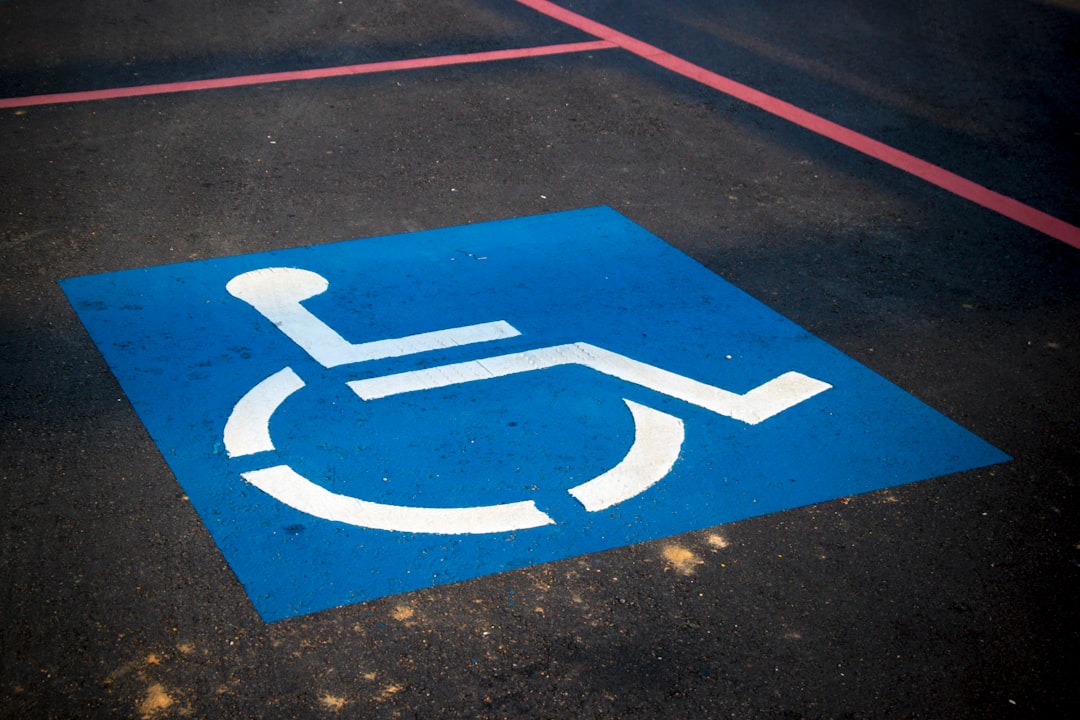What is it about?
Over the past decade, the concept of Just Culture has been strongly promoted as being essential to the improvement of quality and safety in US hospitals, but its impact has not previously been assessed. Just Culture seeks to balance the idea of no-blame for human error with accountability for behavioral choices. Interpreting data from a longitudinal study of clinical peer review best practices in relation to CMS hospital performance and the AHRQ survey of hospital safety culture, I found no evidence that Just Culture has improved quality and safety or the likelihood of reporting problems.
Featured Image
Why is it important?
About 80% hospitals have invested in Just Culture initiatives with little return on investment.
Perspectives
Just Culture may have had the unintended consequence of diverting attention and resources from deeper cultural problems in hospitals that I've discussed in An Organizational Learning Framework for Patient Safety. The aviation industry made dramatic progress in safety by encouraging pilots to self-report problems and concerns. Health care continues to ignore this lesson. In most hospitals, clinicians still fear repercussions from a punitive clinical peer review process. See my report, In Pursuit of Quality and Safety: an Eight Year Study of Clinical Peer Review Best Practices in US Hospitals.
Dr Marc T Edwards
QA to QI Patient Safety Organization
Read the Original
This page is a summary of: An Assessment of the Impact of Just Culture on Quality and Safety in US Hospitals, American Journal of Medical Quality, April 2018, SAGE Publications,
DOI: 10.1177/1062860618768057.
You can read the full text:
Contributors
The following have contributed to this page










